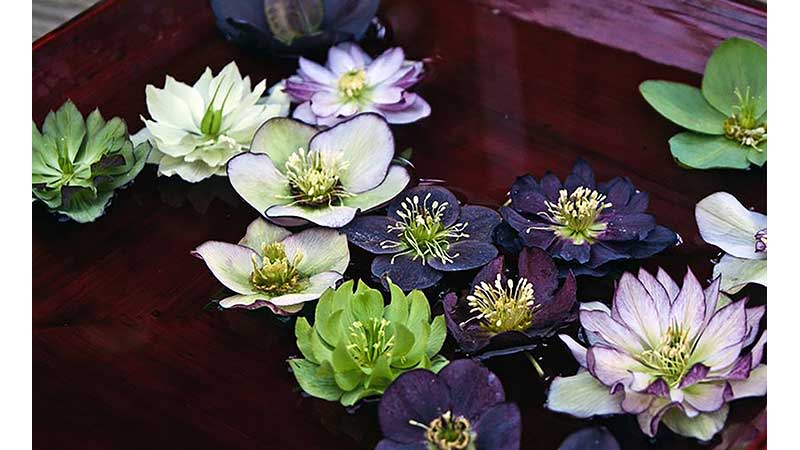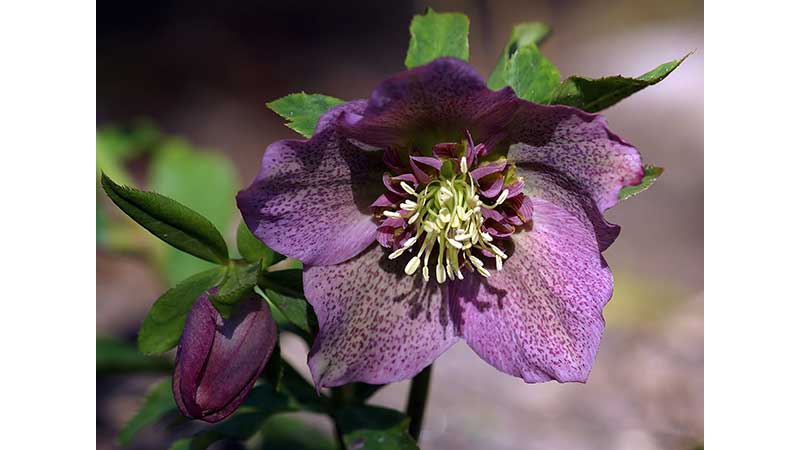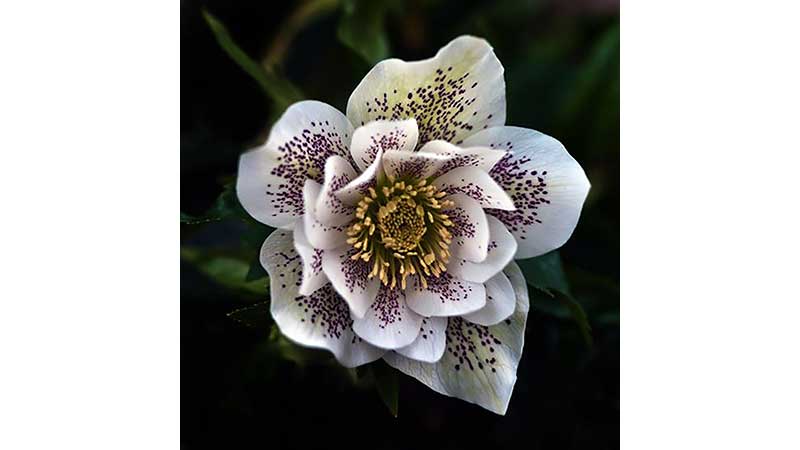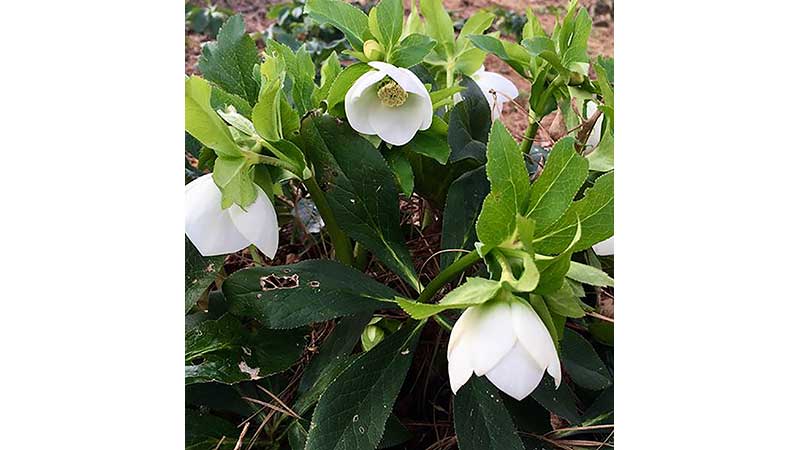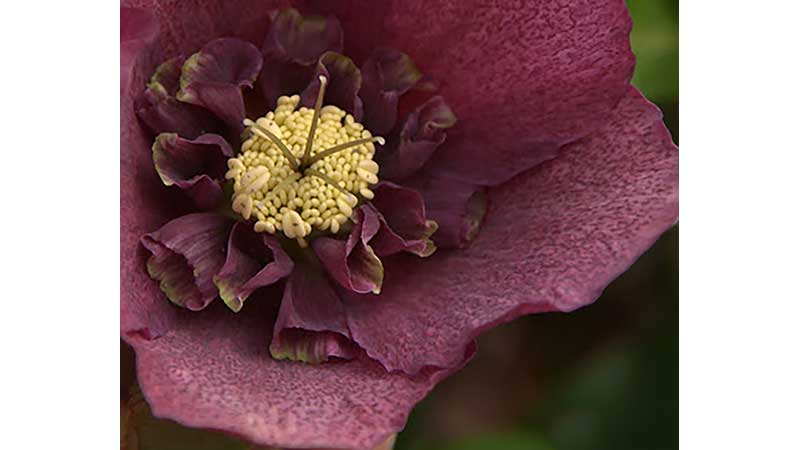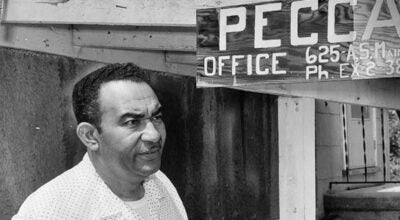From the Ground Up: There’s always a place for hellebores
Published 6:00 am Monday, March 16, 2020
|
Getting your Trinity Audio player ready...
|
Like Lady Jean Skipwith at Prestwould Plantation near Clarksville, I’ll always have a place in my garden for hellebores.
Thank goodness I don’t have to order mine from England and hope they survive a long trans-Atlantic voyage.
If you’re looking for an easy to grow plant that provides year-round interest in the garden, then you might like hellebores too. They’re evergreen with attractive foliage. The flowers are long lasting, tough, and appear in late winter/early spring when there isn’t much else blooming in the garden. They can withstand snow, freezing rain, and even marauding deer.
Hellebores are easy to grow. Choose a location with partial shade and protection from hot afternoon sun during the summer. Too much shade, however, will reduce the number of flowers. Hellebores need rich, well-drained soil with plentiful organic matter.
They should be planted like peonies, with the crown just below the surface of the soil. Annual maintenance is simple. In late fall or early spring, topdress them with well-composted manure.
When flowers appear, remove old foliage, which often looks ragged and tends to hide the blooms. Removal of the old leaves also helps increase the circulation of air throughout the plant.
When buying hellebores for your garden, it’s always best to purchase plants that are flowering so you can choose the precise look you want. We have so many more choices than Lady Jean Skipwith did. She could only purchase the lime green Helleborus foetidus.
Today, we can choose from single, double, and anemone-shaped flowers that face upward or downward. We can choose solid-colored flowers that range from greenish to white, pink, burgundy, yellow, and apricot. There are solid colors veined with darker hues; solid colors edged with a contrasting color; and even solid colors freckled with a contrasting color. Some fancy blooms have a dark center or a very frilly one.
And then there is the foliage to consider. There are plain, shiny green leaves and also thick, leathery, matte bluish green ones veined with silver or cream. The latter are as attractive as the flowers. Stem color varies too. There are green stems and dark burgundy ones.
What to buy? They’re all wonderful.
Some especially nice ones to consider include: Pink Frost, an early and prolific bloomer that has upward facing pink flowers; Angel Glow, a late bloomer with a compact growth habit, dark black green foliage and many stalks of single pink flowers; Confetti Cake, sturdy plant that forms large clumps and has enormous double white flowers sprinkled with burgundy near the base of the petals; Dark and Handsome, a new introduction with double black purple flowers; and Penny’s Pink, which has dark green foliage marbled with silver, dark red stems, and single pink flowers, a combination that has been termed the most exciting hellebore introduction ever.
No matter which hellebore you choose, you can’t go wrong. They’re all tough, beautiful, and addictive. You can’t have just one in the garden.


